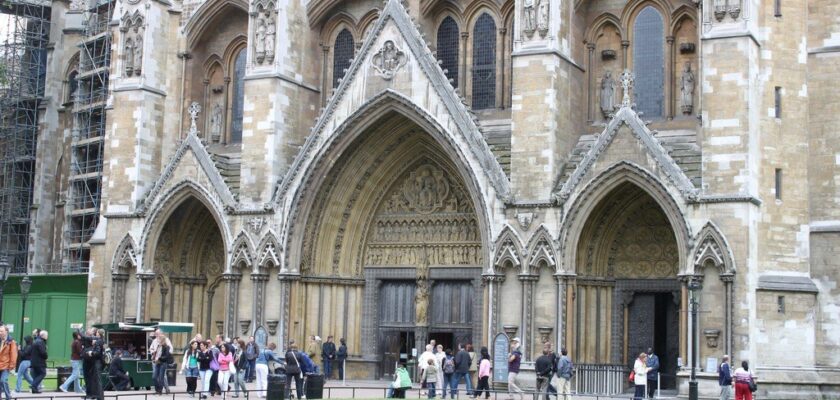Westminster Abbey
Westminster Abbey is not only the largest church in London, but also the center of the country’s state life. 38 monarchs have been crowned here, starting with William the Conqueror, who became King of England on Christmas Day 1666, i.e. all monarchs except Edward V, who was assassinated in 1483, and Edward VIII, who abdicated in 1936
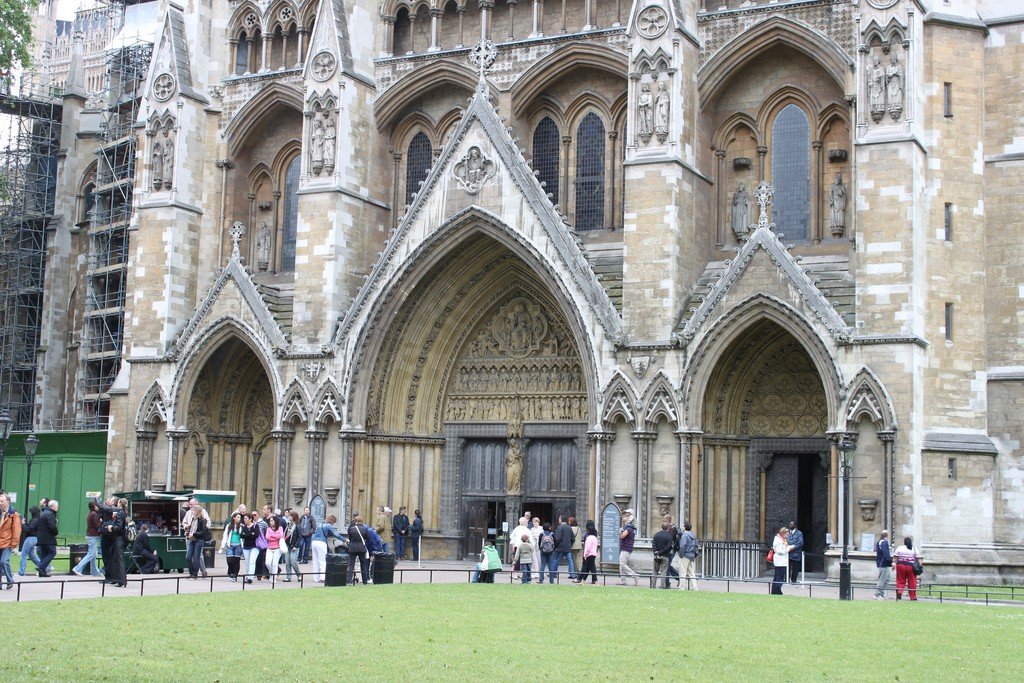
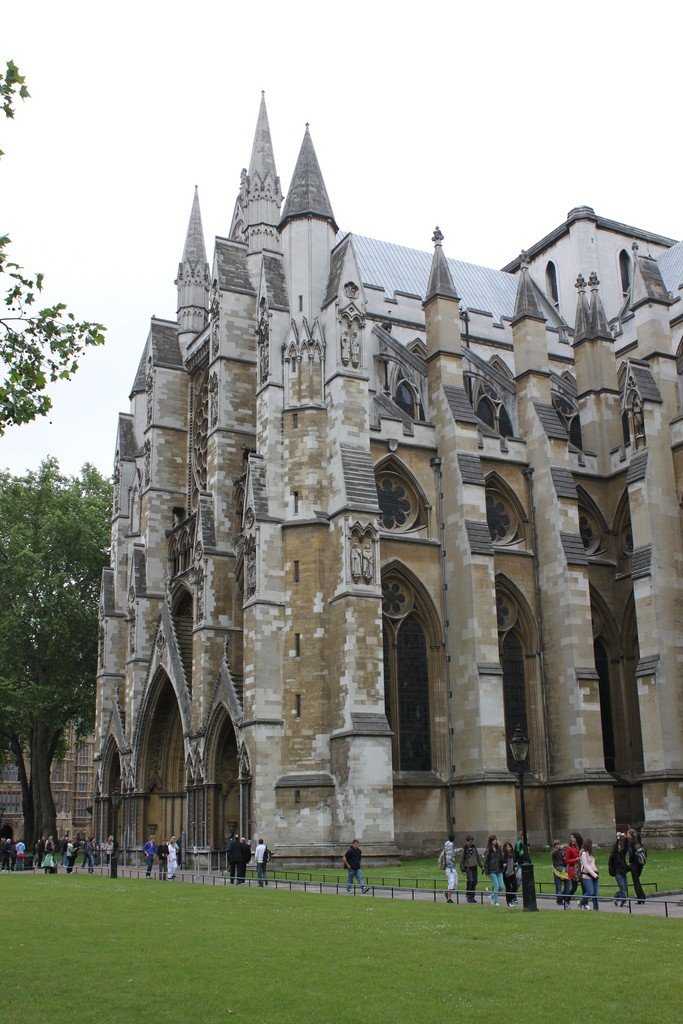
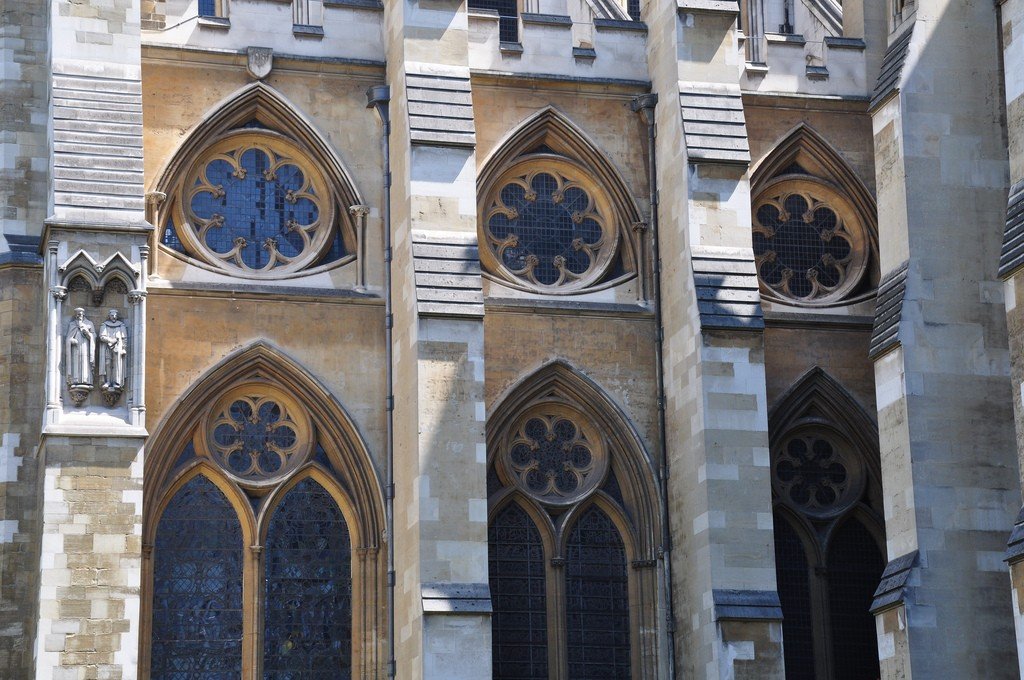
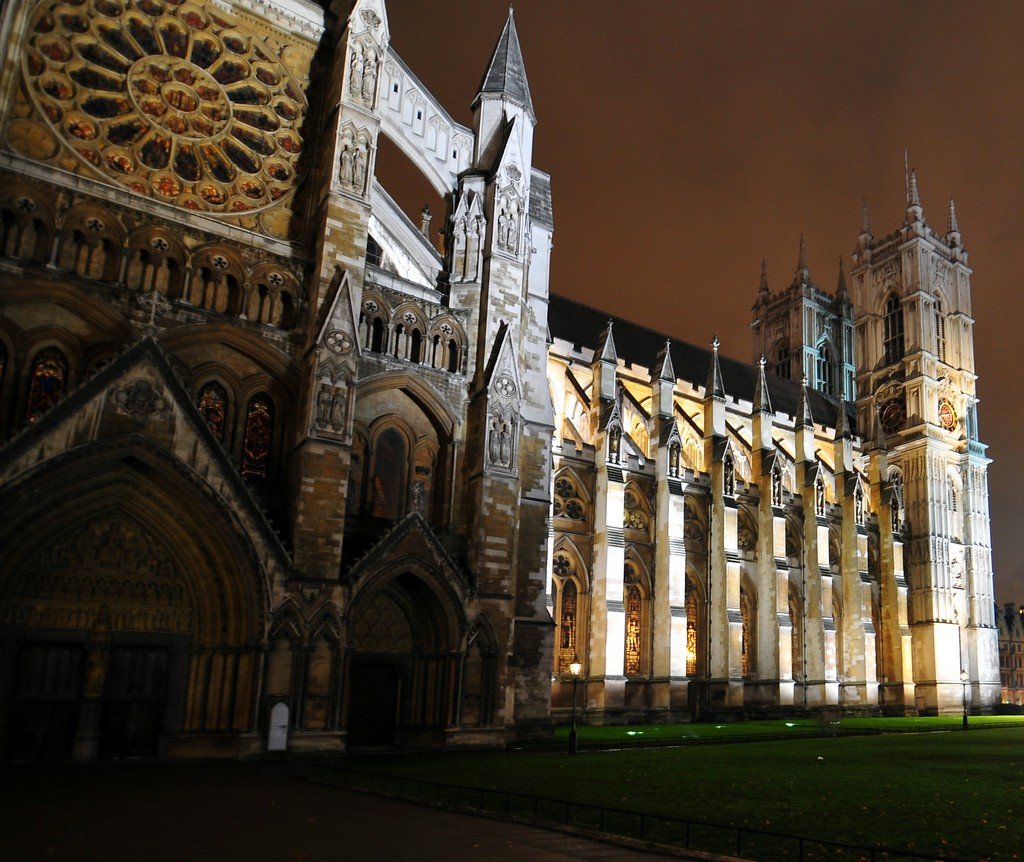
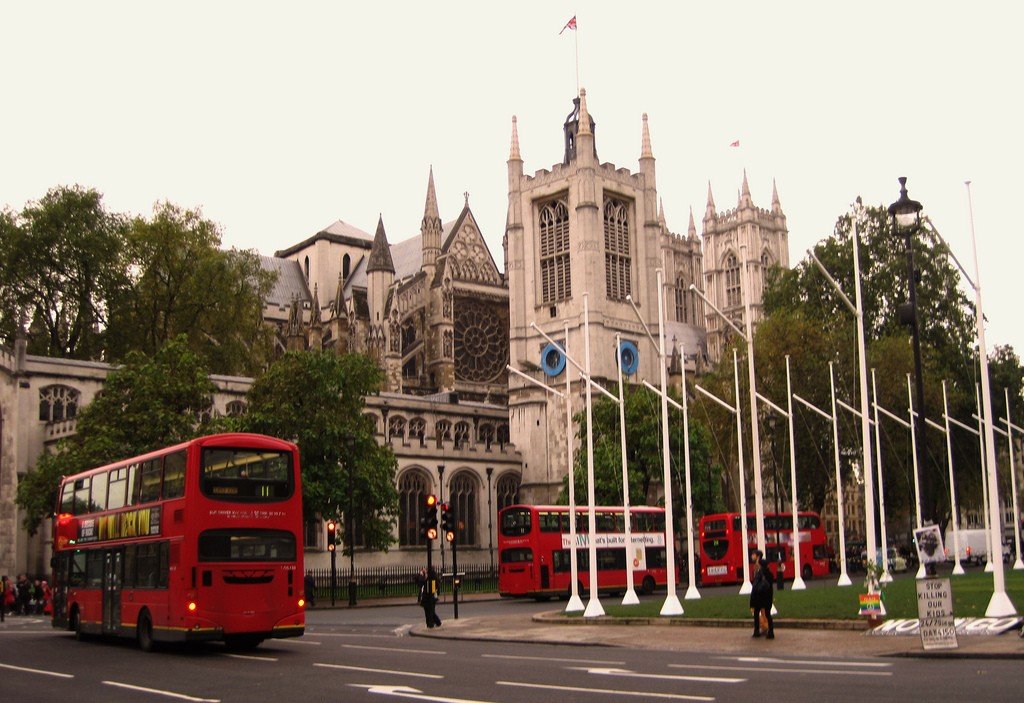
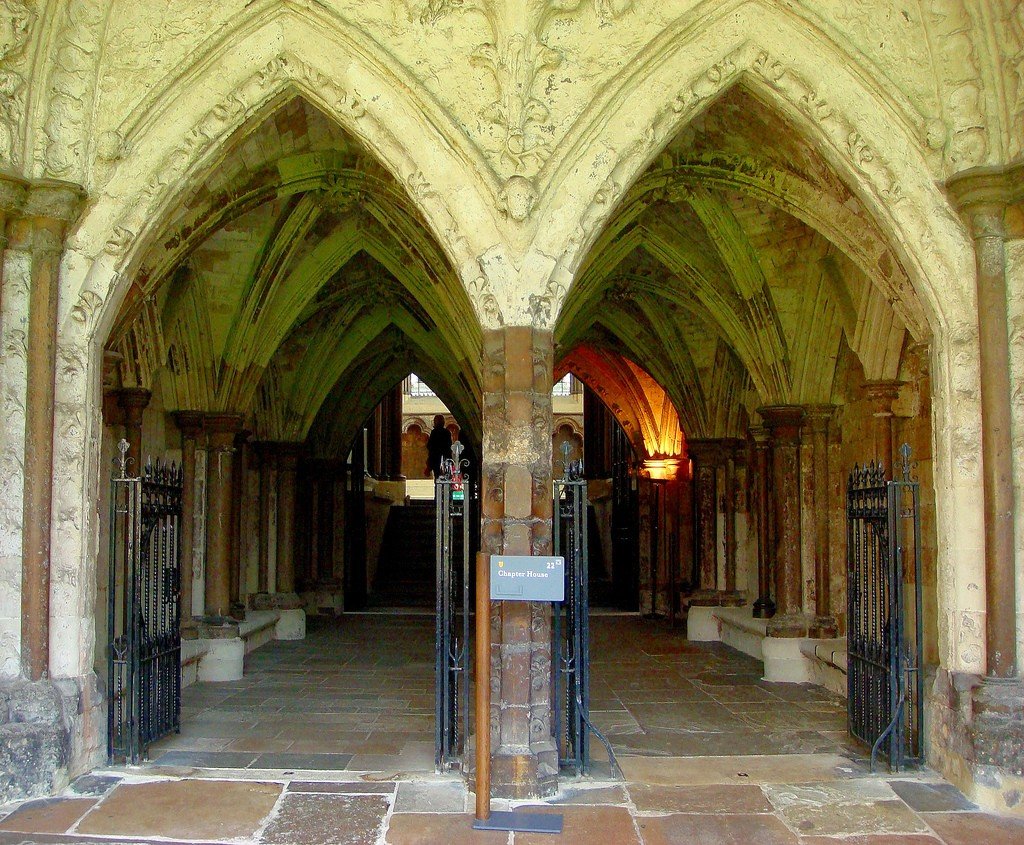
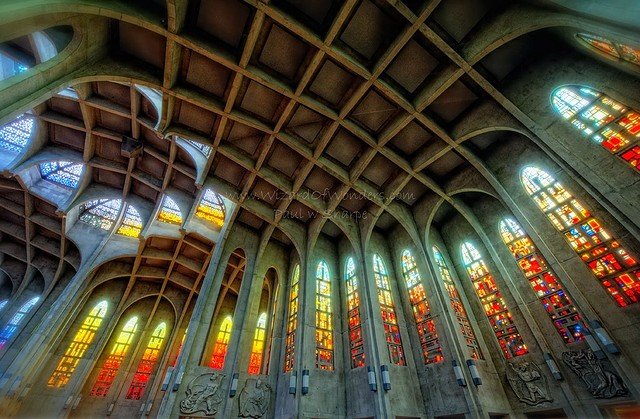
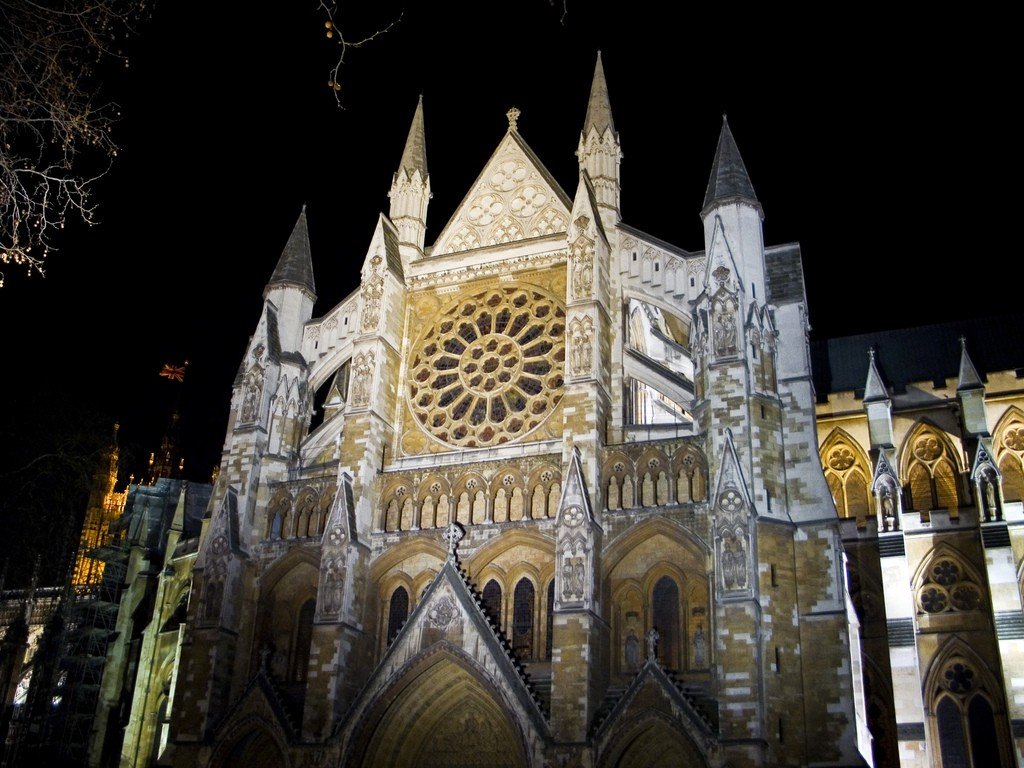
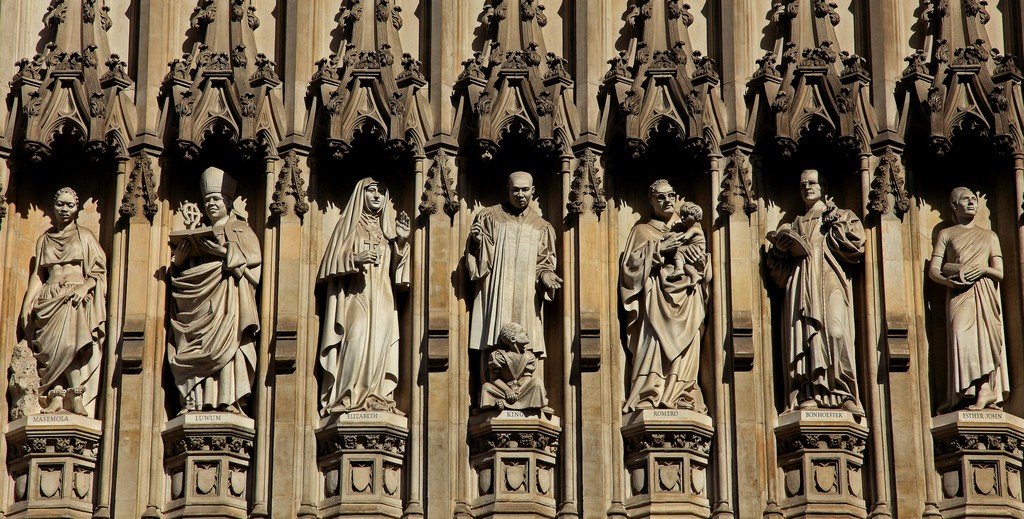
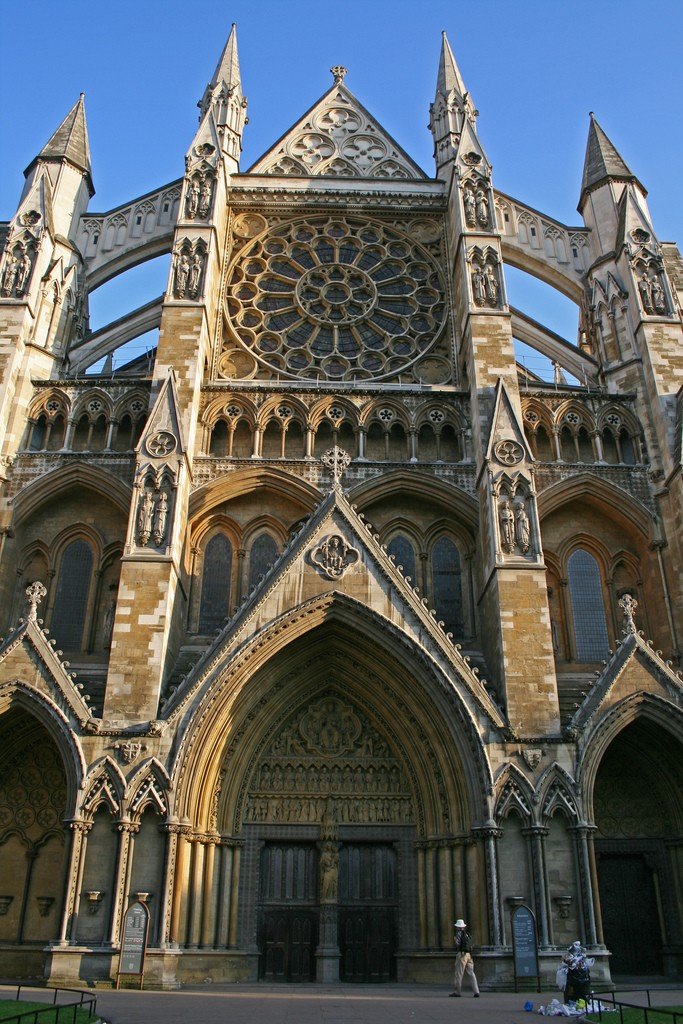
General Information
The abbey has been on this site since the early 7th century.The building you see now was laid out by Edward the Confessor in 1065, just before the Norman Conquest. Most of the abbey that survives today was built during the reign of Henry III, beginning in 1245. The construction was long, which is typical of the Middle Ages. The nave, built in the Gothic style, dates from as early as the 14th century. The east aisle of Our Lady was built in the Tudor period, the towers of the west aisle were built in the 18th century by Nicholas Hawksmoor (1661-1736) to the design of his teacher Sir Christopher Wren.
.The sheer magnitude of Westminster Abbey can be appreciated when standing at the majestic Great North Portal, made under Queen Victoria. The porch in front of the portal is decorated with rows of offering angels, monarchs, prelates and saints. Inside, one immediately gets a sense of the awesome height (the nave is 31 meters high) of the room, illuminated by huge lamps.
.
www.westminster-abbey.org.Tel: 020-76544900.Entrance is chargeable (separate charge for the porter’s hut)The nearest tube stations are St. James’s Park or Westminster.Interior
Most of the visitors here are attracted by the tombstones.
After paying entrance at the Great North Portal, you can proceed to the aisle of statesmen in the north transept. Here are the finest headstones in the local collection, including monuments to Benjamin Disraeli (1804-1881), William Gladstone (1809-1898) and Sir Robert Peel (1788- 1850). There is also a 7.5m high monument to William Pitt (1759- 1806). The north aisle by the choirs on the right is reserved for musicians, and there you will see monuments to Henry Purcell, Sir Edward Elgar and Benjamin Britten.
.Royal Chapels
The east transept contains chapels that serve as tombs for monarchs. In St. Edward’s Chapel, the carved stone casket of Edward the Confessor (reigned 1042-1066) is adjacent to the oak throne on which English monarchs were crowned. The chapel of Henry VII (reigned 1485-1509) also contains his bronze tombstone. James I is buried below. His crypt looks much more modest than the magnificent tomb of his advisor the Duke of Buckingham (1592-1628), surrounded by mourning bronze soldiers. In the north transept, Elizabeth I stares at you royally coldly. In the south, poor Mary, the pious Queen of Scots, gazes sadly at the gilded flowers.
.Poets’ Corner
The south transept houses Poets’ Corner, with monuments to William Shakespeare, John Dryden, Henry Wordsworth Longfellow, Lewis Carroll, W. X. Auden, Henry James, Alfred Tennyson, D. G. Lawrence, George Byron, Robert Southey, Charles Dickens, Walter Scott, and many others.
.Nave
The west end features particularly moving floor slabs to Stanley Baldwin (1867-1947), Clement Attlee (1883-1967), David Lloyd George (1863-1945), Sir Winston Churchill (1874-1965), and the tomb of the Unknown Soldier of the First World War. These memorial plaques differ sharply from the monuments to politician Charles James Fox (1749-1806), depicting him as a dying Roman Emperor, and to Captain Richard li Neuve of Edgar, killed in 1673 in a “violent encounter with the Dutch.”
.